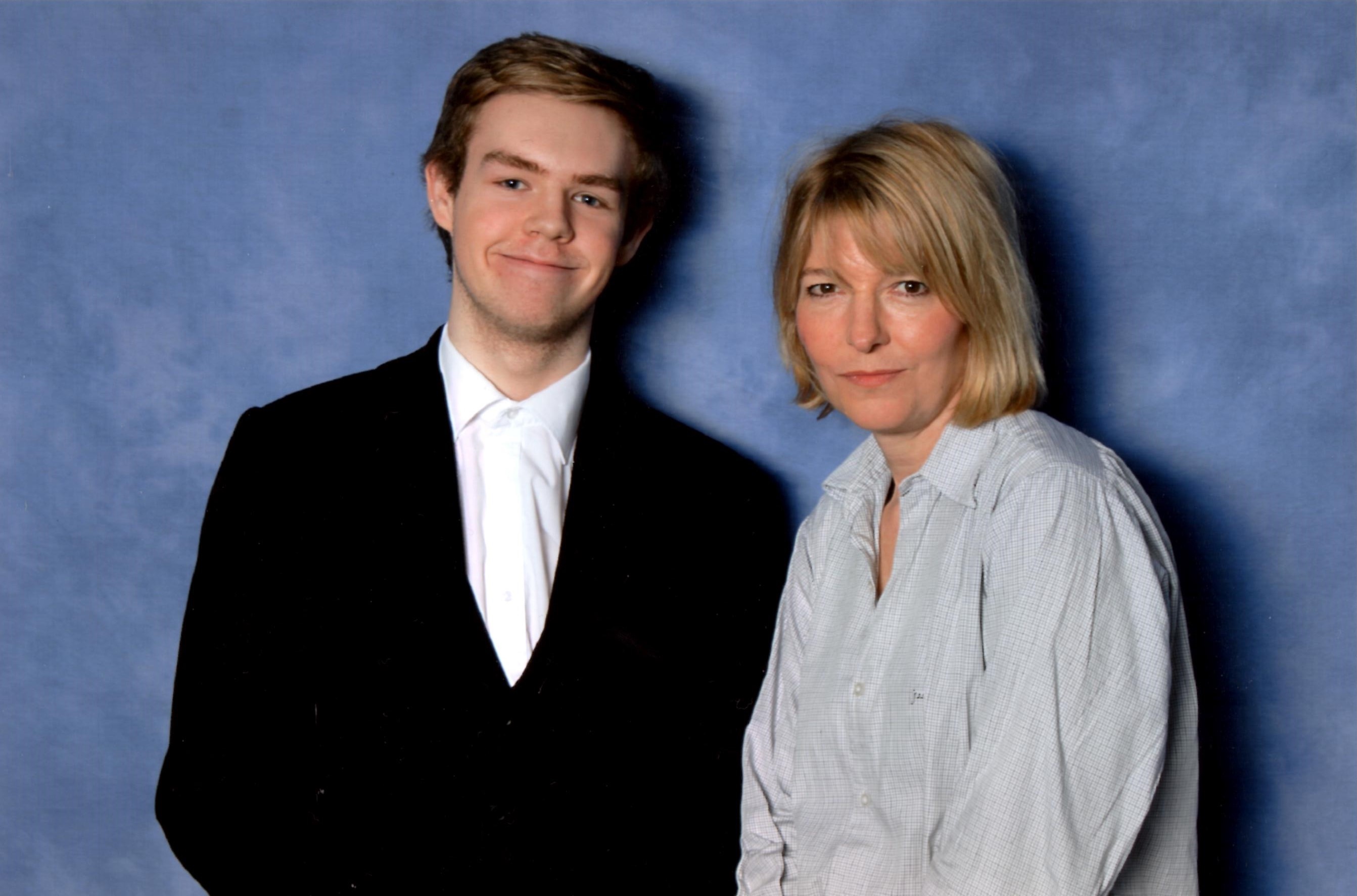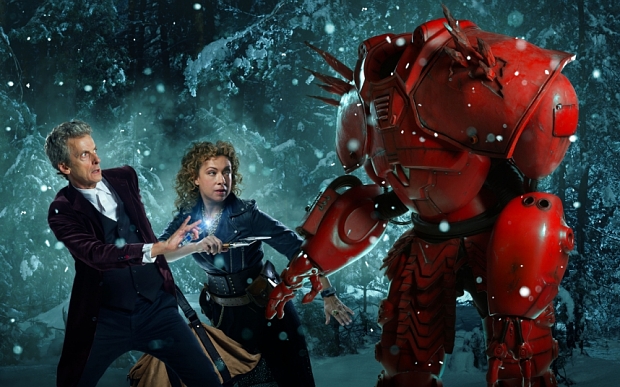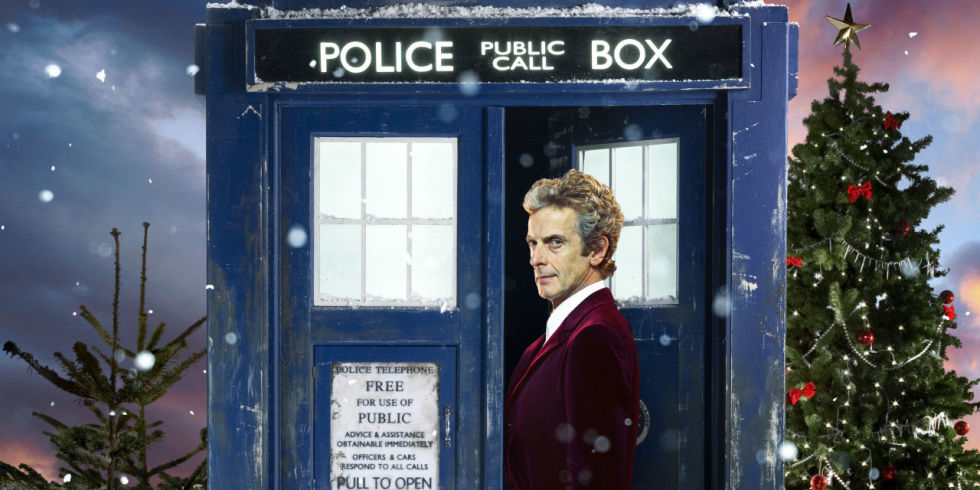“When an irresistible force such as you, meets an old immovable object like me, you can bet just as sure as you live. Something’s gotta give, something’s gotta give, something’s gotta give.”
Frank Sinatra, Something’s Gotta Give
Captain America Civil War
 (5 / 5)
(5 / 5)
The reason Superheroes have been able to endure for so long is because they have always told the next story. Sure Superman will always wear a big red cape and fly, Batman will always don the cowl and punch muggers but there is still a long lasting continuity to these characters and in order to keep them going the villains need to find new ways of fighting them and the consequences of their action have to catch up to them. Civil War is a movie about two paths laying before superheroes, one must be taken, the problem is that the heroes are also people, ergo flawed. So they differ on which is the right path and truly believe they are right, so they will stand by their beliefs to the end.
Early on we get one of those sharply worded, briskly shot action scenes, we see a bad guy with a cool name and an equally cool outfit steal a biological weapon, he is stopped but at a cost of a hospital exploding. This is the event that gets the nations of the world to sit the superheros down and talk. All the events in recent years, The Avengers, Age of Ultron, Winter Solider and now this have had far reaching devastation with a lot of collateral damage.
The “Sokovia Accords” will be a special jury lead by multiple people from the United Nations that will determine what situation requires the superheroes attention. Tony. Iron Man (Robert Downey Jr.) is for it and understands that with such power as they wield there must be safeguards to keep them in check. But Steve, Captain America (Chris Evans) argues that such boards usually act with a vested interest, also what if they don’t get together and give them permission in time? He stands by the belief that “the best hands are still our own.” So it becomes a case of the unstoppable force meeting the immovable object, Tony wants to go forward with this new system but Steve is unconvinced and does not budge in his beliefs.
Before this review goes any further I feel it’s important for my own feelings be known. Captain America has always been my favourite character in the MARVEL movies and I was on his team before the movie came out and was still on his side during it. But there still remains a valid argument for either side. This could have been a simple case of one are the idiots the others are smart, these are obviously the good guys and this is who we’re meant to root for. But no, they go the more adult and interesting route where each member on each side is there for their own reasons. Neither is the villain, just a clash of ideologies that either is willing to fight for. There is a villain that lurks in the shadows who sets-up all the pieces to fight, but I do question if we really needed it.
The writing team of Christopher Markus and Stephen McFeely know how to write with clarity and engaging characters. This is a movie that’s over two hours long so there’s enough time for everything, but they operate on a method where every scene is necessary and we know everything, or at least enough going into each action scene. In the dialogue scenes there are no wasted words or moments so you understand the characters very quickly, then we are able to get invested in the action. It is on-par with Mad Max: Fury Road.
The cast of characters in this movie is immense. It has most of the per-established characters from the previous movies and introduces new players that will most likely get their own movie and other moments in later films. But it works on the level of the actual comics now. We see Ant-Man, understand him and then will probably want to go back and checkout his movie. Also in the short time they have with everything else going on we get characters like Black Panther (Chadwick Boseman) and Spiderman (Tom Holland) and are able to engage with them through very efficient directing and screenwriting.
As said we need to know the people fighting so we are invested, but good action is still essential. For a good action scene we need to know the layout of the environment and understand who did what when, if we loose track of the basics of what is happening on-screen then it simply becomes lights and noise. However if we keep seeing the same set-up it will become stagnant regardless, the Russo brothers know this so they don’t make the action tedious, they add unique twists or perspectives on their action set-pieces so that its something more engaging. For example a stairway fight, two combatants have enhanced body power so they can do more extreme movements, also one is willing to kill while the other isn’t.
And still, even with all these stakes and dark moments in the movie, we are still treated to comedy and moments of levity. Even here they understand that superheroes are meant to be characters where we can feel good and have fun. There are more than a few examples of movies that cram too much stuff in it just leaves the audience confused and frustrated. Batman v Superman and Jupiter Ascending come to mind. But Civil War is able to so efficiently explain and deliver the characters for the conflict, without necessarily needing to see the previous movies (though you will want to after seeing it) and keep you engaged at all time and with everyone.
Civil War takes out the villain aspect of these movies and puts hero against hero, not in a battle of good verses evil, but a fight for how to serve the greater good. And the drama of these two characters coming to blows isn’t from that mere fact it is happening, but that it was always meant to happen.

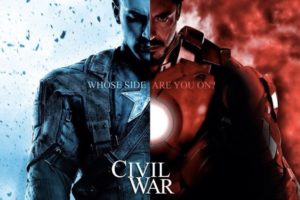
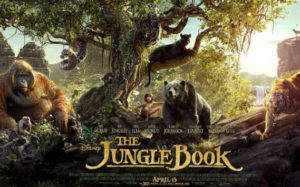
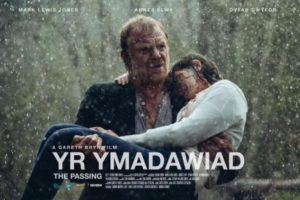
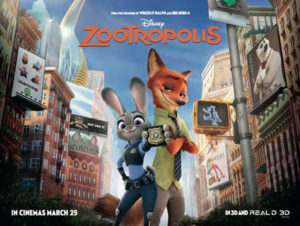
 (4 / 5)
(4 / 5) 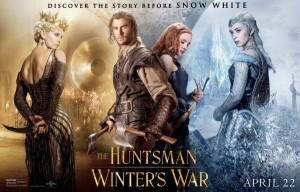
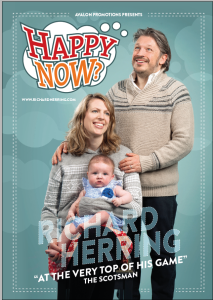

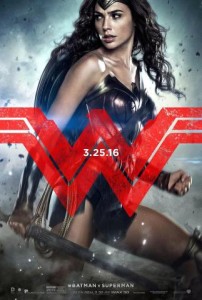

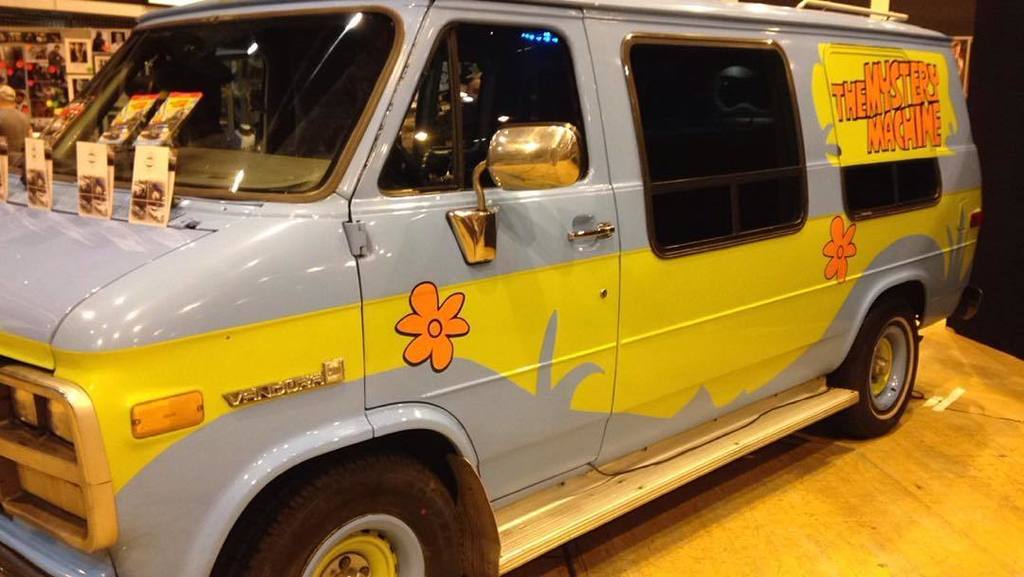 When visiting Comic Con you come to realise that Cosplaying has become a central part in the overall experience. The near-compulsory cosplay code can mostly mean that if you choose not to dress up you can stand out more than someone wearing the costumes. Many celebrities often use this to their advantage by dressing up in a costume of their choice and walking the floors of the Comic Con without being noticed.
When visiting Comic Con you come to realise that Cosplaying has become a central part in the overall experience. The near-compulsory cosplay code can mostly mean that if you choose not to dress up you can stand out more than someone wearing the costumes. Many celebrities often use this to their advantage by dressing up in a costume of their choice and walking the floors of the Comic Con without being noticed.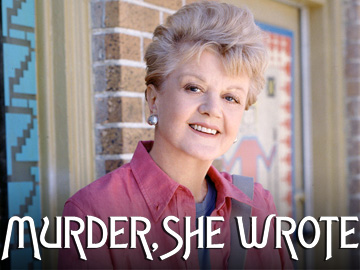
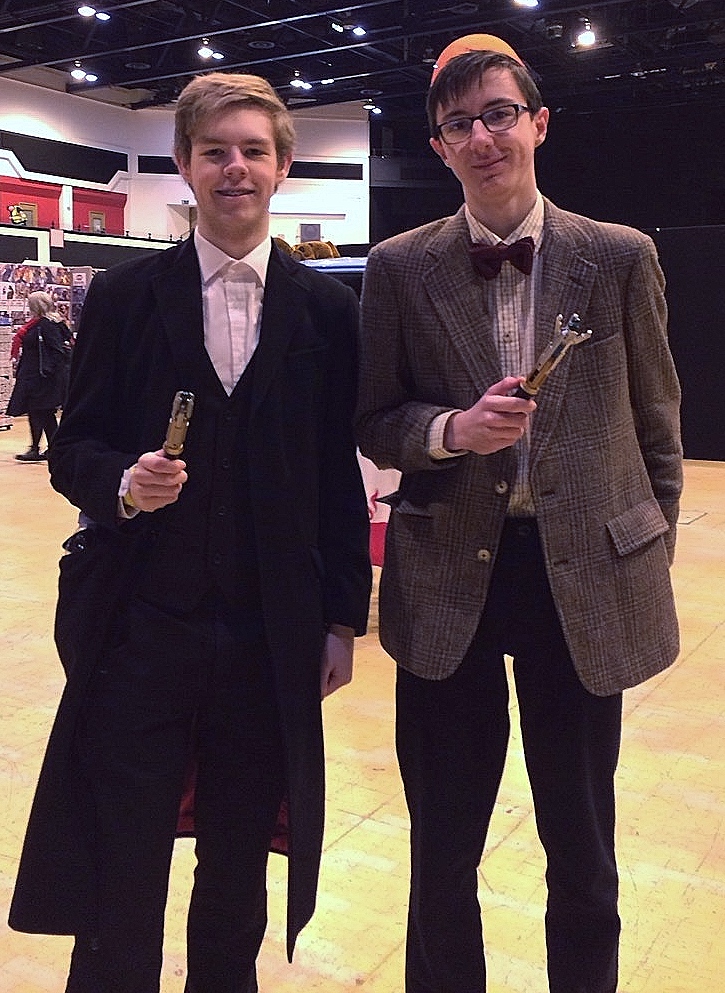 It never ceases to amaze me with the lengths some people go to create amazingly accurate costumes from famous films, games and television shows. I knew that it was important to participate in this also so my brother and I decided to go as different incarnations of Doctor Who from the hit BBC series. I was dressed as Peter Capaldi with the striking red lined coat and done up shirt button and my brother dressed as his favourite Doctor David Tennant with a Fez added for good measure. One of the star guests at the Comic Con was Jemma Redgrave or as Doctor Who fans may know her Kate Lethbridge Stewart. As her fans gathered to have their photo taken there was an obvious sense of community about the event with many people talking to each other and having photos of their own taken. I even met a fellow incarnation dressed as Matt Smith’s Doctor.
It never ceases to amaze me with the lengths some people go to create amazingly accurate costumes from famous films, games and television shows. I knew that it was important to participate in this also so my brother and I decided to go as different incarnations of Doctor Who from the hit BBC series. I was dressed as Peter Capaldi with the striking red lined coat and done up shirt button and my brother dressed as his favourite Doctor David Tennant with a Fez added for good measure. One of the star guests at the Comic Con was Jemma Redgrave or as Doctor Who fans may know her Kate Lethbridge Stewart. As her fans gathered to have their photo taken there was an obvious sense of community about the event with many people talking to each other and having photos of their own taken. I even met a fellow incarnation dressed as Matt Smith’s Doctor.